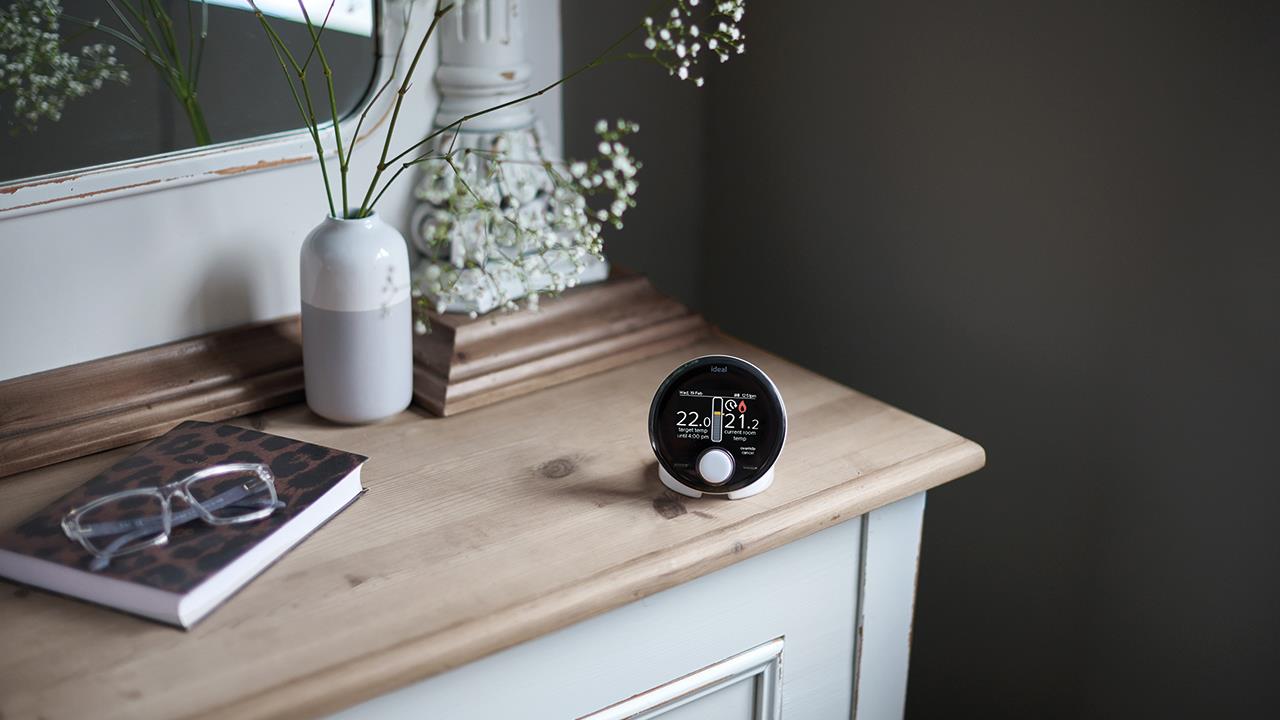

Lizzie Wilkinson, Head of Domestic Product Management at Ideal Heating, shares her top tips on how installers can overcome common issues faced when working with controls.
From thermostatic radiator valves to programmable room thermostats, controls can be key to improving the overall home heating experience and a homeowner’s lasting impression of who installed their systems.
But, while controls offer a whole host of benefits, when not used or installed properly, there are some key issues that crop up time and again. The good news is that by planning ahead and factoring controls into an installation as early as possible, these issues are relatively simple to overcome.
Down to the wire
Although controls are often seen as the gateway between a customer and their central heating system, many homeowners are understandably unaware of the complexities involved and, all being well, there’s no reason to change that.
That’s why an essential part of any installer’s job is to keep everything working in harmony, and that all the various components are in place to send the signals needed.
When it comes to more traditional systems, with valves, cylinders, and other components, the challenge is that these different parts can be spread out across different rooms or floors – making the task of tracing the correct wire a difficult job for even the most experienced installers. And in these homes the wiring centre can often seem a confusing mass of wires from who-knows-where.
Location, location, location
As technology improves and smarter technology is incorporated, installers’ remits are constantly adapting. Having a basic understanding of wireless signals is key to ensuring controls function properly, and helps installers to educate their customers on how to get the most out of their heating systems.
The number one issue that often arises from wireless controls is connectivity, which is why choosing the right location for the control is crucial.
Homeowners are often unaware that there are two wireless signals involved in their connected control. These include the signal between the control and its interface (or hub) and the WiFi signal that links to their home network.
So, it’s important that installers make homeowners aware of this and that – contrary to what the homeowner might expect – doing things like moving the thermostat closer to the WiFi router, won’t help improve signal strength.
If the interface has multiple solid walls and appliances in between it and the thermostat, such as when it’s located in the garage or loft – this may also cause the signal to struggle. However, there are several options to improve this, including adding boosters or mounting the smart interface in an external bracket in a location that ensures a better signal.
Temperature is also a key consideration when determining the best location for a control. And, placing it next to a radiator, in direct sunlight, or somewhere draughty can all have a significant impact on the temperature that the thermostat will display.
Planning ahead
Installers looking to deliver the best outcomes for their customers will factor controls into their initial quote – which means they can ask the right questions early in the process.
That way, installers and homeowners can work together to decide the best spot for the control. Before drilling the thermostat to the wall, we always recommend pairing the units and taking a walk round the home to ensure the signal strength is good – and to be clear that nothing’s interfering with the temperature reading.
The benefits of controls are widespread, from maintaining the health of the heating system to facilitating a customer’s lifestyle.
If you'd like to keep up-to-date with the latest developments in the heating and plumbing industry, why not subscribe to our weekly newsletters? Just click the button below and you can ensure all the latest industry news and new product information lands in your inbox every week.